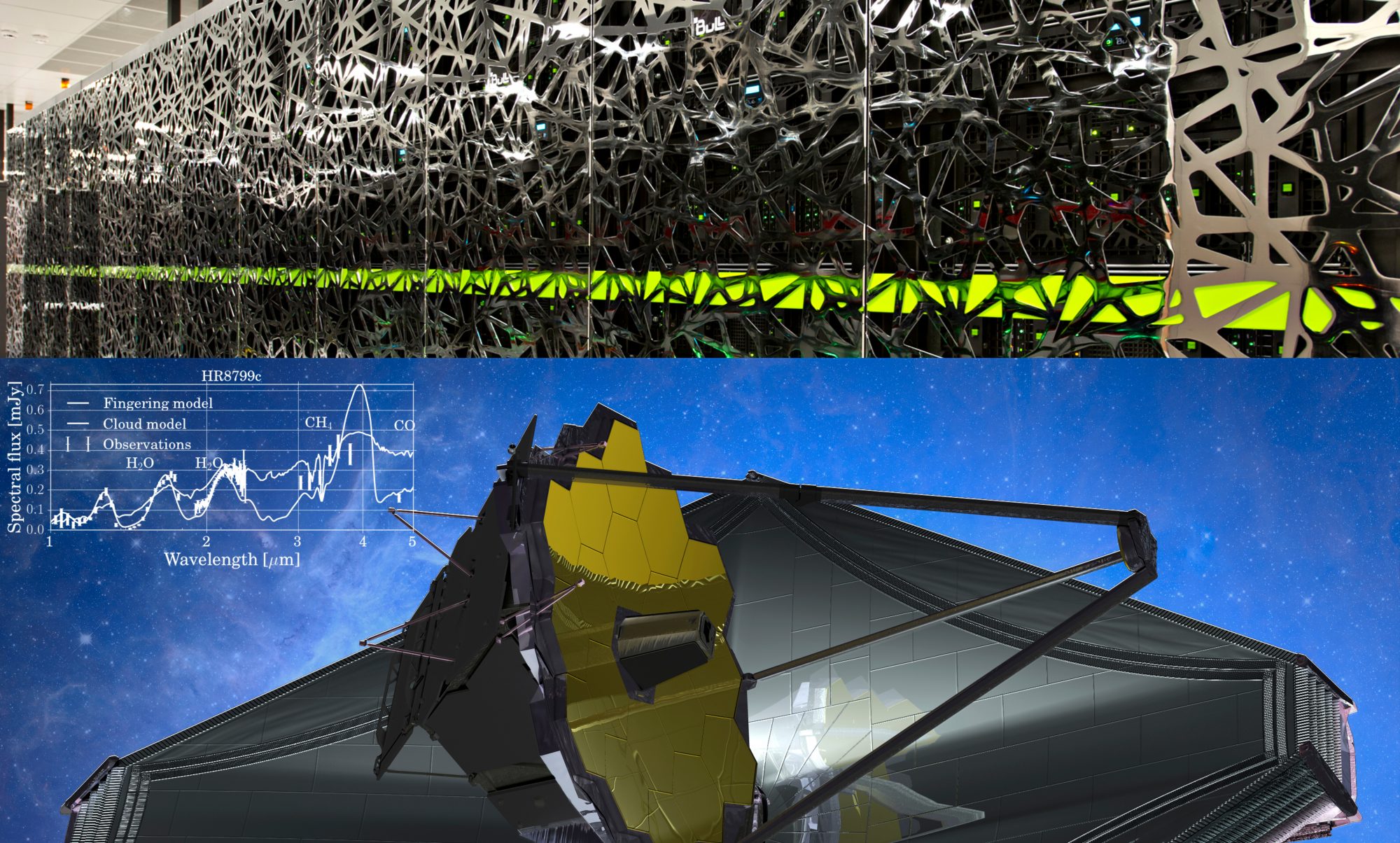Which molecules are present in the atmosphere of exoplanets? What are their mass, radius and age? Do they have clouds, convection (atmospheric turbulence), or a circulation induced by irradiation? These questions are fundamental in exoplanetology to better understand planet formation and exoplanet habitability with JWST.
« James Webb Space Telescope will tell us more about the atmospheres of extrasolar planets, and perhaps even find the building blocks of life elsewhere in the universe. »
This project aims at characterizing the impact of diabatic convection (i.e. with source terms) in the atmosphere of stars, brown dwarfs, and exoplanets and its interaction with the circulation in the case of irradiated planets. By developing innovative numerical models, we will characterize the effect of the diabatic instability induced by chemical transitions (e.g. CO/CH\(_4\)) with radiative transfer and its interaction with the global circulation in the atmosphere. We will then predict and interpret the mass, radius, and chemical composition of exoplanets that will be observed with future missions such as the James Webb Space Telescope (JWST).
